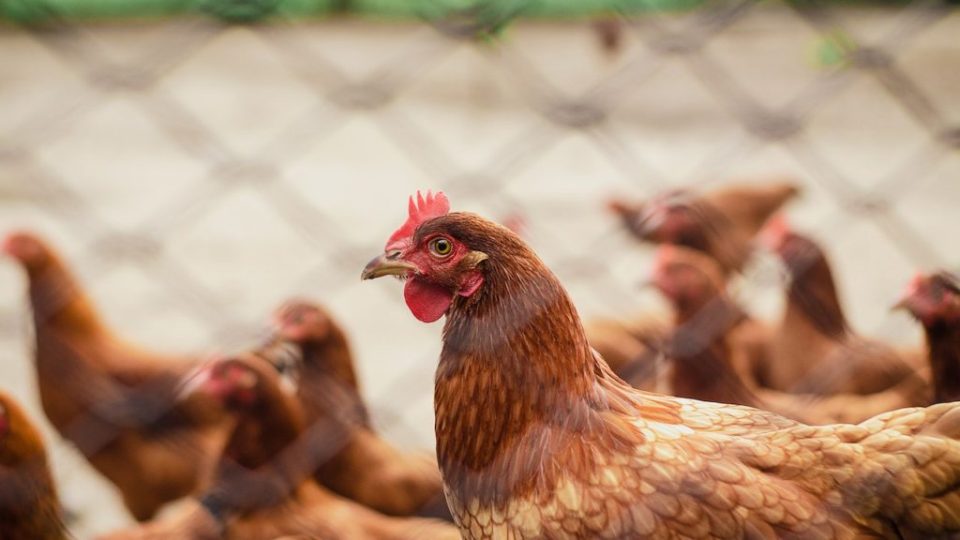Due to the disruptive effects of long periods of loadshedding on livestock, the South African Poultry Association is concerned that the country may soon experience a shortage of chicken, despite the current abundance of chickens available.
To counter economic challenges at home, South African poultry producers are advised by the SA Poultry Association (Sapa) to explore international markets due to rising pressures on domestic consumers. The cost of producing poultry has increased due to frequent power outages, leaving the industry with limited options to mitigate these consequences. For this reason, consumers can anticipate higher prices for poultry products.
As a critical player in food security for South Africa, poultry producers have had to bear the cost of doing business in a challenging environment where power outages have had a significant impact on their financial performance. Sapa is advocating for the removal of VAT on chicken and chicken feed, which would alleviate the burden on farmers and the most vulnerable consumers in South Africa.
The Daily Maverick reported The SA Poultry Association has stated that chicken prices are likely to remain high for an extended period as producers are under pressure and can no longer bear the cost of mitigating economic pressures affecting domestic consumers.
Due to the increased cost of producing birds caused by power outages, the industry has called for consumers to anticipate higher prices for poultry products.
The poultry industry is vital to South Africa’s food security and employs more than 50,000 people directly, with its affordable source of protein accounting for 66% of the country’s total meat consumption in 2021.
Despite several challenges in 2022, including increased input costs, the suspension of anti-dumping duties, and avian influenza outbreaks, the industry has seen exponential growth over the past three years, with a worth of R59-billion. The sector has exceeded the call for an investment of R1.5-billion by concluding R1.8-billion in investment last year and earmarking an additional R600-million by the end of 2024.
The master plan consists of three “pillars”:
The first pillar aims to increase and enhance production, which includes expanding production from 19.7 million birds per week to 22.5 million birds per week, job creation, providing training to farmers on biosecurity risks, supporting emerging farmers and increasing the level of black ownership.
The industry has assisted emerging black contract growers’ cash flow by financing R466 million between 2019 and 2022, which will increase to R474 million by the end of this year. Additionally, the industry has established 21 new contract growers at a cost of approximately R35 million each, with a goal of setting up a total of 50 contract growers by the end of 2024.
The second pillar aims to boost domestic demand and affordability. From Q3 2021 to Q2 2022, prices for chicken giblets, whole fresh chickens, and non-IQF frozen chicken portions increased by 9%, 6%, and 2%, respectively, while the cost of IQF chicken portions decreased by 1%.
The third and crucial pillar of the master plan is to increase exports. South Africa is currently in the process of certification to export to the EU, which can take up to 24 months.
According to Izaak Breitenbach, the general manager of Sapa, the local industry was stagnant before 2019 due to imports being dumped into South Africa. However, the industry has now seen a significant increase in gross value, from R47 billion to R59 billion within three years, representing a 25% increase. Breitenbach stated that this indicates a growing industry.


